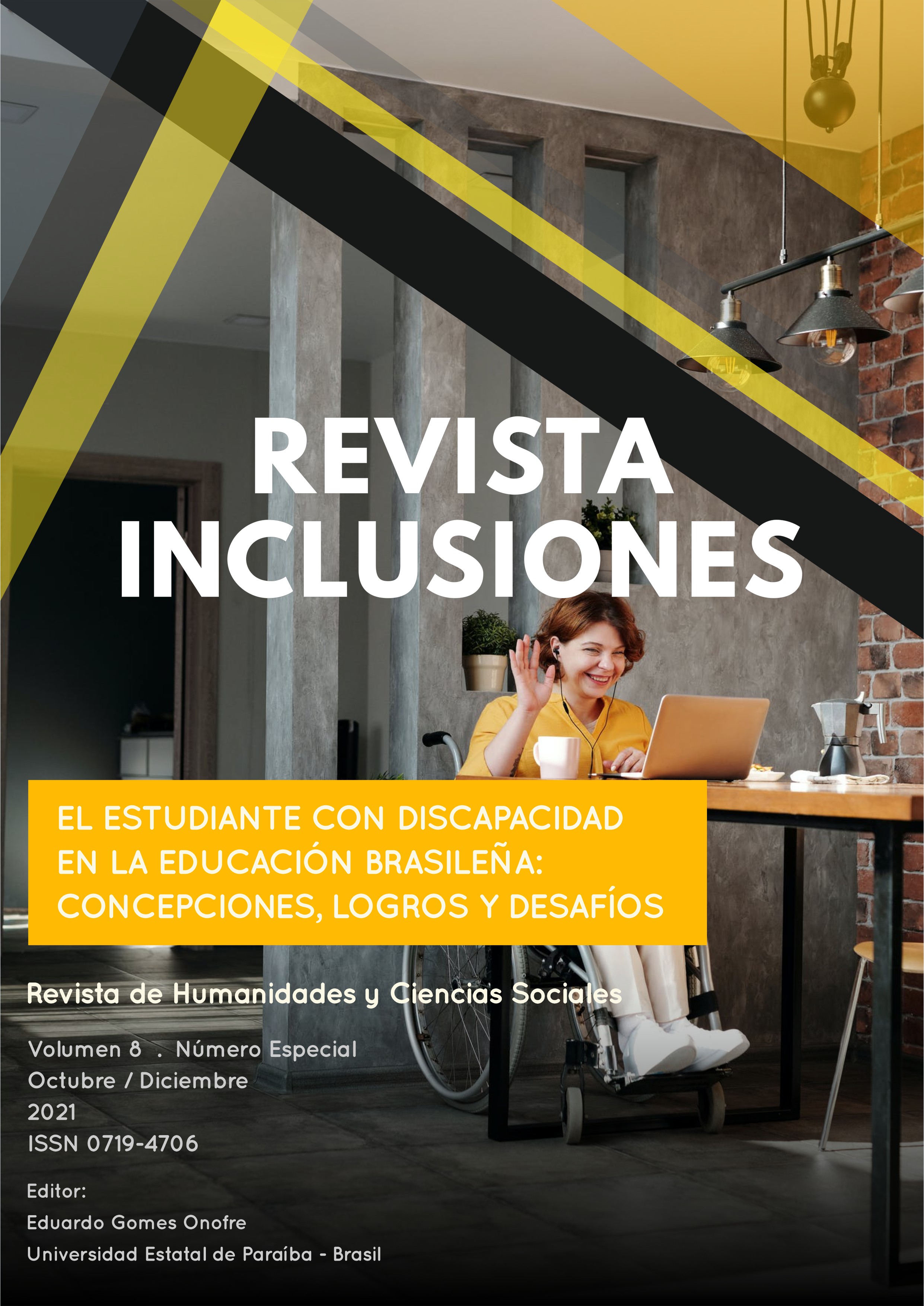PEOPLE WITH DISABILITIES: ARCHITECTURAL AND ATTITUDINAL BARRIERS THAT REPRODUCE SYMBOLIC VIOLENCE
Abstract
The goal of this study is presenting theoretical reflections about architectural and attitudinal barriers
that reproduce symbolic violence against people with disabilities, based on the work of Bourdieu,
Kabengele, and Alves, among others. The obstacles imposed every day to people with disabilities
interfere with, or even nullify, their right to free movement / right to come and go. In this study, we
analyze the symbolic violence perpetrated against people with disabilities by architectonic and
attitudinal barriers. We also discuss official accessibility regulations and the State’s duty to minimize
or terminate existing obstacles in urban areas, seen as how those keep people with disabilities from
circulating freely. We argue that it is necessary to raise social awareness about the pervasive view
on people with disabilities, who are often labelled as incapable with no real basis for that assertion.
The subtle, ingrained practices that crystallize and legitimize symbolic violence and keep disabled
citizens from achieving full social inclusion must be changed.
Downloads
Published
How to Cite
Issue
Section
License
Los autores retienen los derechos de autor y otorgan a Revista Inclusiones el derecho de publicación bajo Creative Commons Attribution 4.0 International (CC BY 4.0). Esto permite el uso, distribución y reproducción en cualquier medio, siempre que se otorgue la debida atribución al autor.











